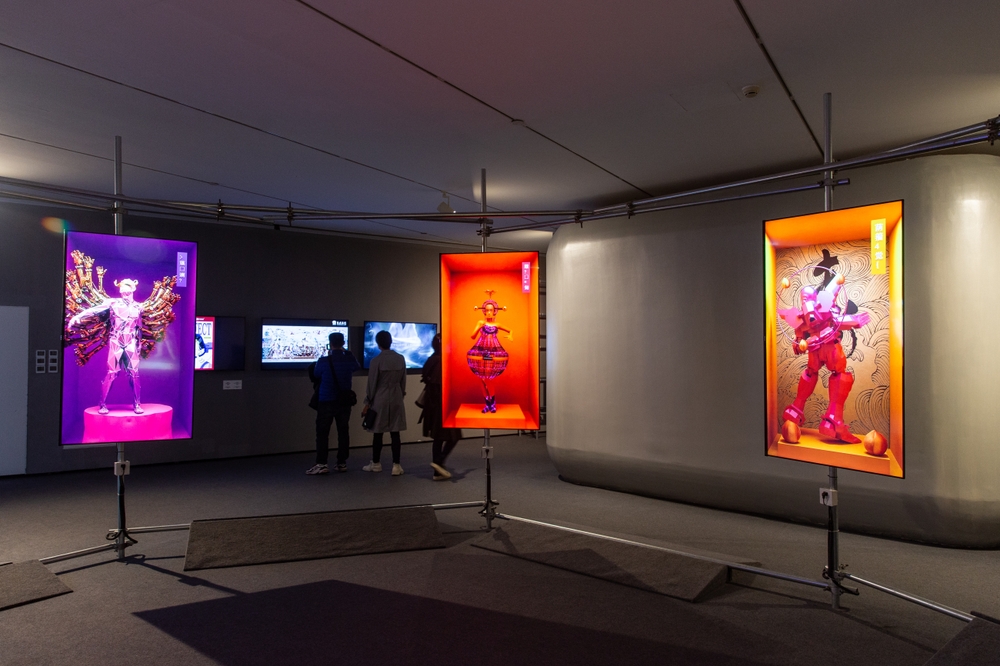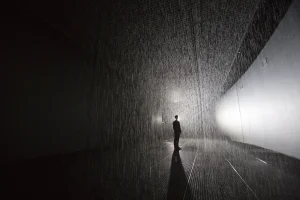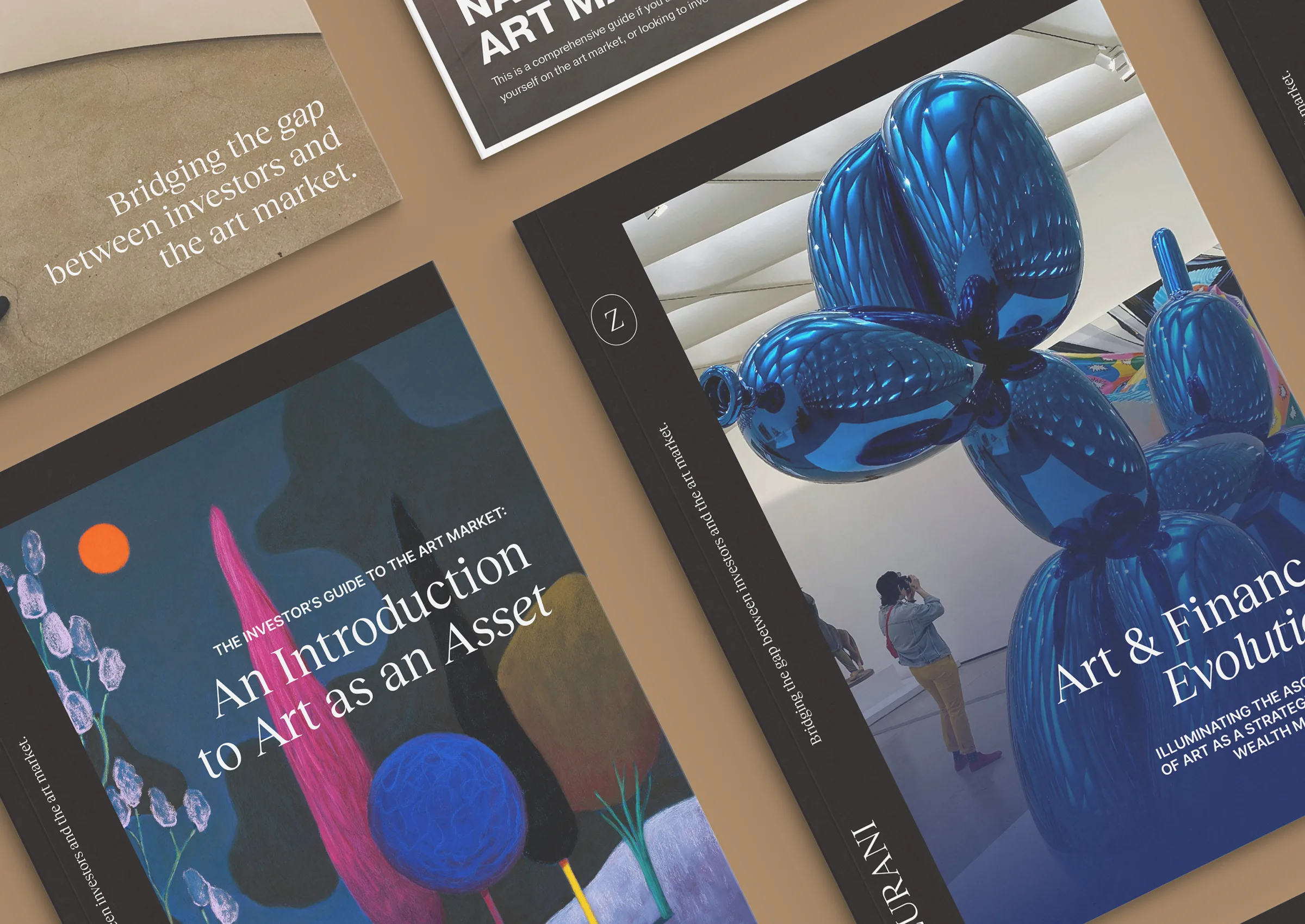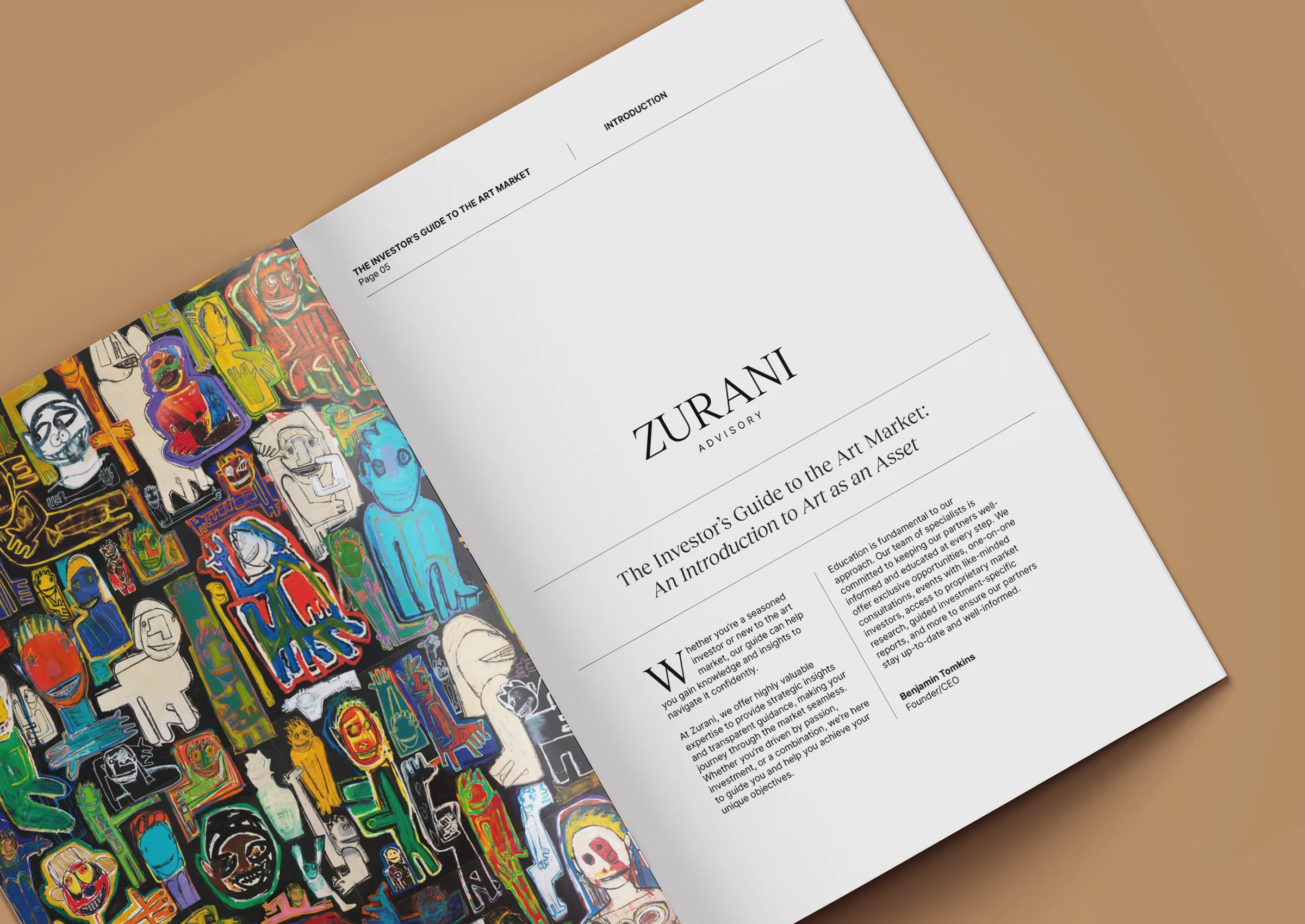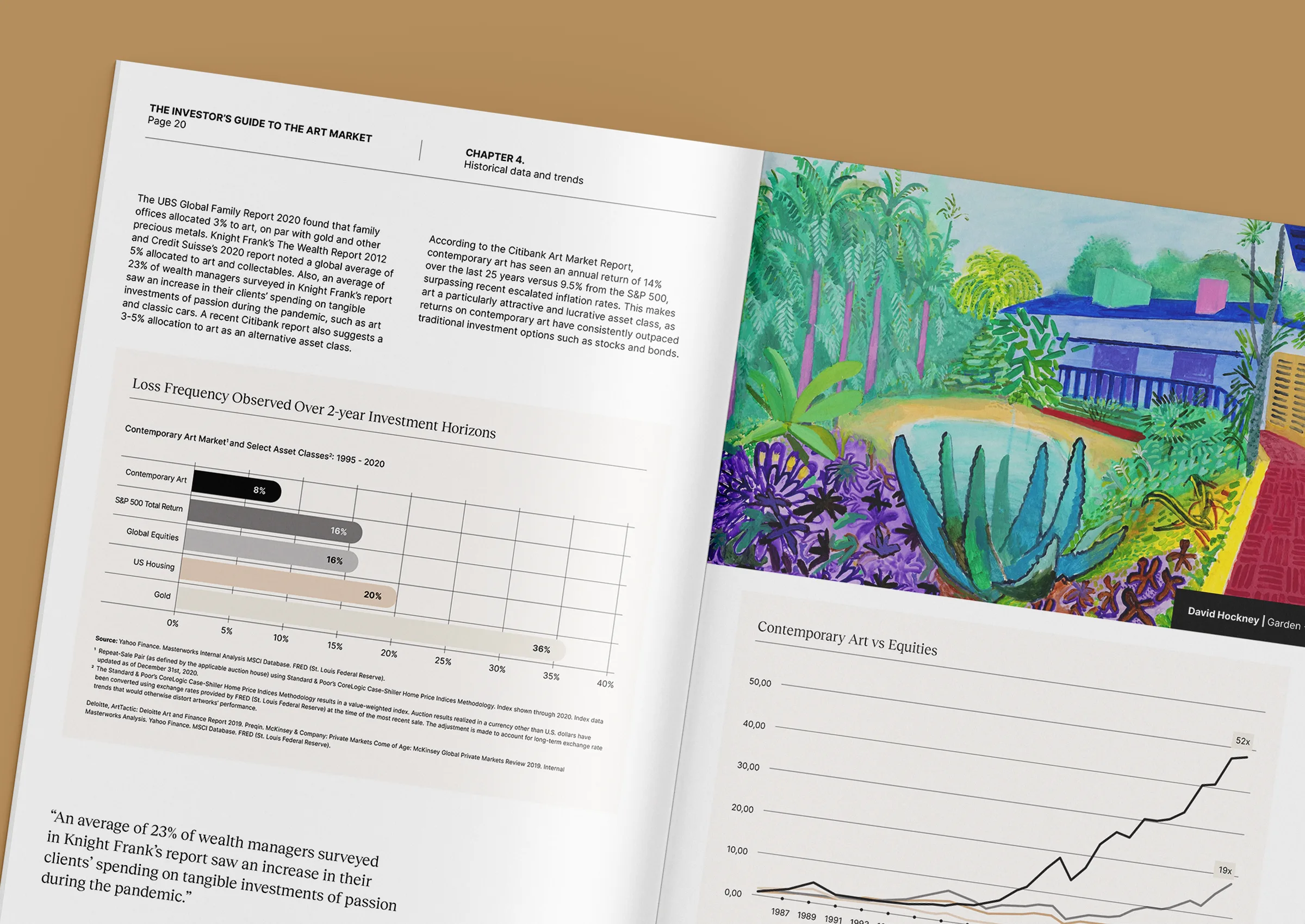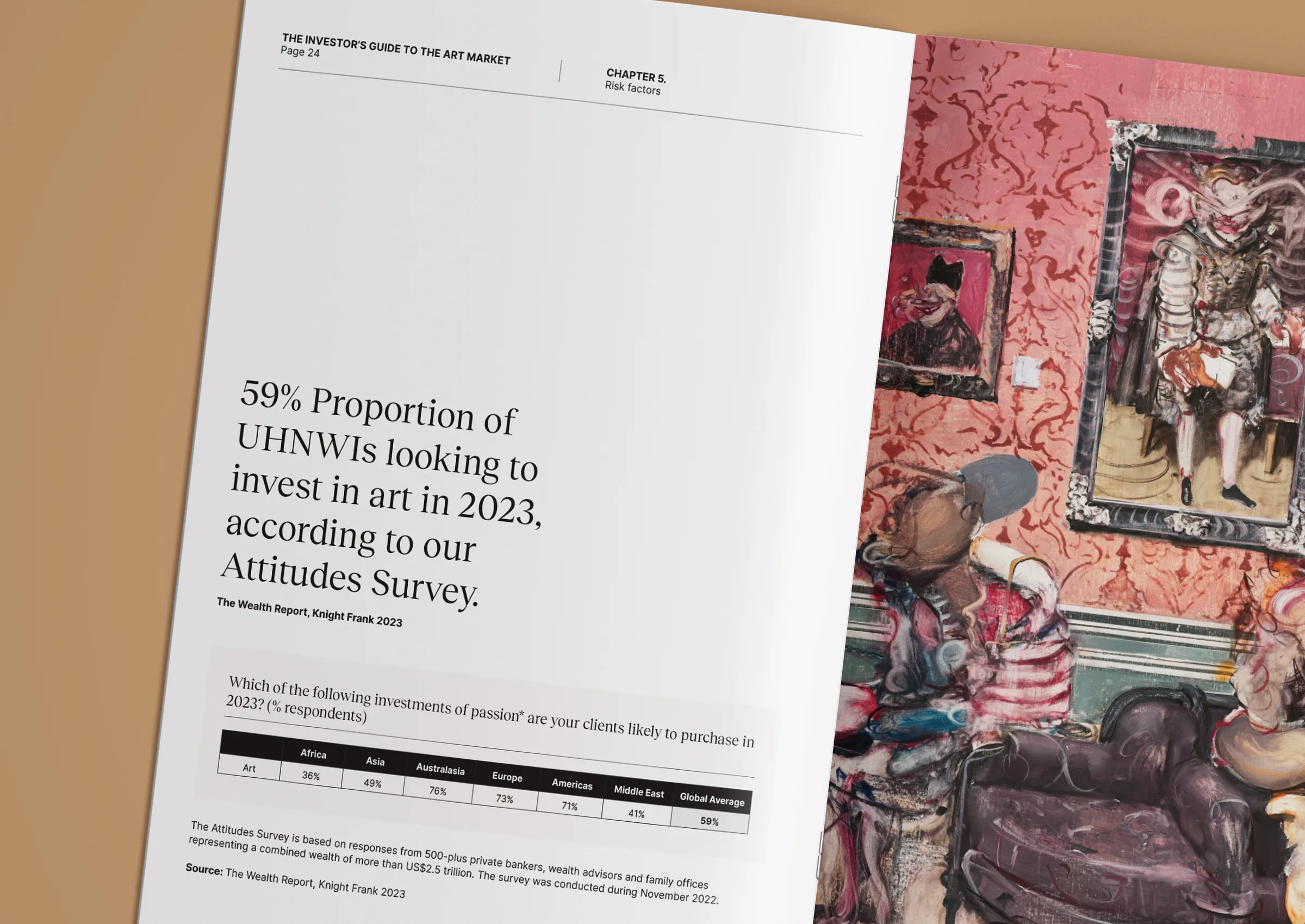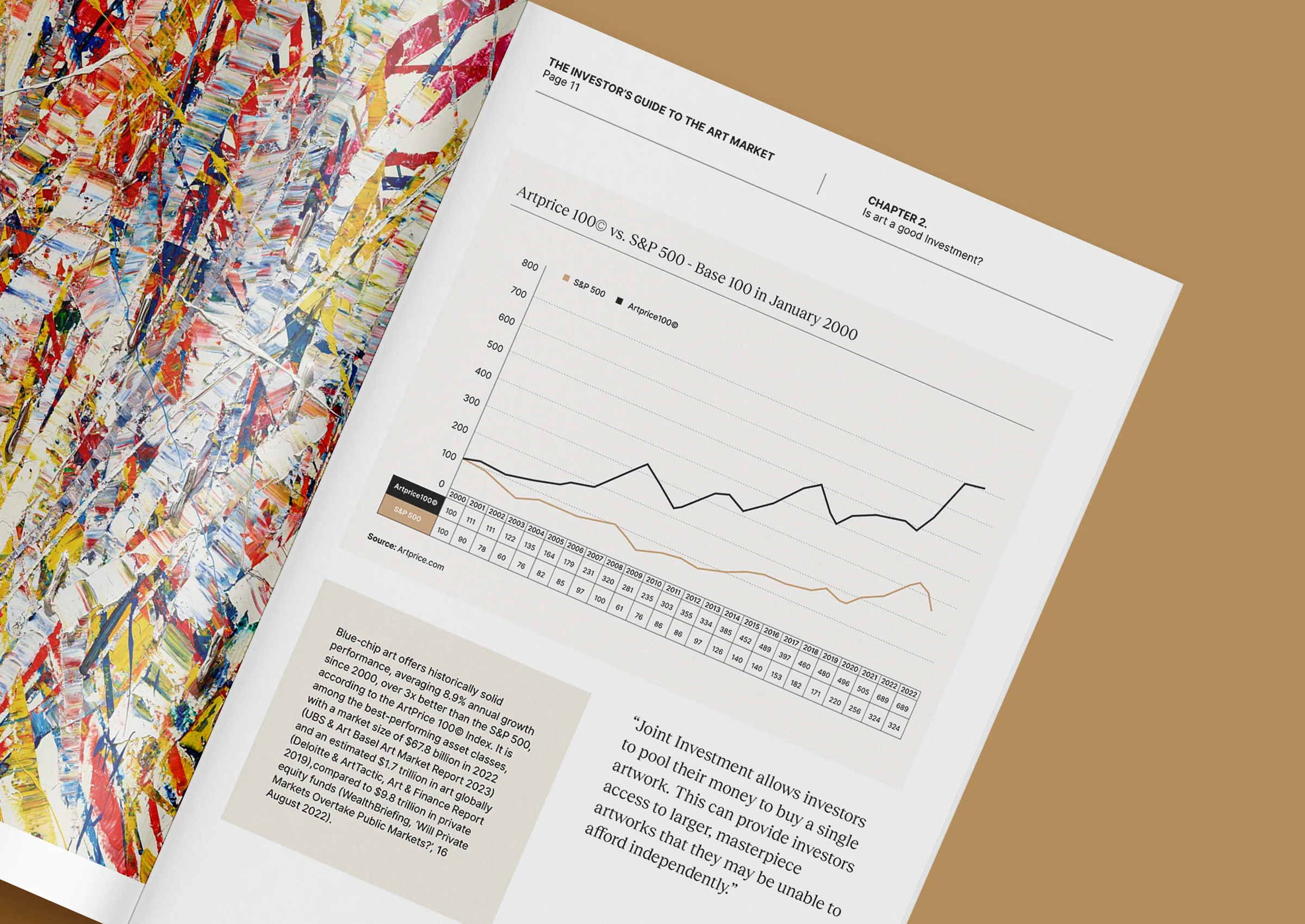How technology is reshaping the art world, from blockchain to AI curation
The relationship between art and technology is no longer speculative; it’s structural. For today’s collectors and investors, staying informed about the digital shift is as vital as tracking auction records or an artist’s trajectory. From the creation of art to its trading, storage, and authentication, technology is transforming every stage of the art journey. And while innovation can be unsettling, it also unlocks new opportunities for access, transparency, and engagement.
At Zurani, we work with clients across the Middle East and Asia to help them understand these shifts and align their art investments with both legacy and liquidity goals. In this article, we’ll explore how emerging technologies, such as blockchain, artificial intelligence, and digital infrastructure, are impacting the contemporary art market and what this means for your collecting strategy.
How new technologies are changing how we experience art
Technology is expanding the possibilities of art and the ways we interact with it. Museums, galleries, and fairs are investing in immersive installations, online viewing rooms, and virtual exhibitions. In 2023, over 50% of major art fairs included a digital component, whether through hybrid access or augmented reality previews [1].
Meanwhile, online engagement continues to grow. Artsy alone reported more than 2.5 million monthly users, with digital-native collectors comprising a growing share of its buyer base [2]. Social platforms such as Instagram and TikTok have also become essential channels for discovering emerging artists in Asia and the Middle East.
At Zurani, we’ve seen a marked rise in interest from clients seeking digital-first experiences, not just for access, but as a curatorial filter. These interactions, once peripheral, are now integrated into the ecosystem, shaping taste, pricing, and even legacy planning.

Blockchain, NFTs, and the evolution of ownership
The rise of NFTs sparked intense debate, and for good reason. In 2021, NFT art sales reached a value of $2.6 billion [3]. While volumes fell during the crypto correction, the infrastructure supporting blockchain authentication continues to expand.
Blockchain enables permanent, decentralised records of ownership. This reduces the risk of forgery and simplifies due diligence, especially in secondary markets. An estimated 20% of the global art market still suffers from attribution and authenticity disputes [4], underscoring the value of transparent ledgers.
Smart contracts also introduce new dimensions of control and royalty structures. On platforms like Foundation and SuperRare, artists typically earn 10% of all future resales, a significant shift in revenue dynamics. Although such royalties aren’t yet standard in traditional markets, the precedent is reshaping collector expectations.
At Zurani, we’ve advised clients exploring tokenised works, both digital and physical, with a focus on platform credibility and legal frameworks. In 2023, approximately $26 million worth of art was tokenised for fractional ownership [5], providing investors with new ways to access high-value works without a full capital outlay. For collectors seeking exposure without significant commitments, this model is becoming increasingly viable, although it requires due diligence.
Opportunities and risks for collectors and investors
The integration of technology in the art world presents both compelling benefits and real caution points. Increased transparency, improved provenance tracking, and easier global access are all welcome developments, particularly for new market entrants.
Online art sales reached $11.2 billion in 2022, accounting for 17% of the total art market [1]. While down slightly from the pandemic peak, this figure reflects a structural shift in buying behaviour. Notably, 74% of millennial collectors reported being comfortable with purchasing high-value works online [2], representing a significant generational shift.
However, the market for digital works and tokenised assets remains nascent. Legal frameworks vary, and the lack of regulation around smart contracts or NFT platforms introduces risk. Moreover, digital storage, cybersecurity, and format sustainability require careful planning, especially when dealing with works that have no physical component.
Zurani supports clients in navigating these grey areas, whether that means verifying blockchain credentials, reviewing storage protocols, or selecting platforms that align with long-term stewardship goals.

Staying ahead without losing touch
Technology is not replacing art; it’s reframing it. For investors, this means learning how to integrate these tools into their approach without letting them dictate their taste or strategy. Embracing innovation doesn’t mean abandoning tradition; it means applying the same discernment to digital developments as you would to a blue-chip canvas or an emerging painter.
As the art world becomes increasingly hybrid, the ability to navigate both physical and digital spaces will become essential. Whether you’re acquiring works for personal meaning, portfolio value, or both, understanding these shifts can help you collect with confidence and conviction.
Zurani offers discreet, data-driven guidance to collectors seeking to strike a balance between innovation and tradition. Our role is not just to interpret markets, but to support your vision as a long-term custodian of cultural and financial value.
To explore how technology could support your art investment strategy, contact us at +971 58 593 5523, email us at contact@zurani.com, or visit our website at www.zurani.com.
Sources:
[1] artbasel.com/about/press/releases/the-art-market-2023
[2] artsy.net/article/artsy-editorial-2023-art-market-report
[3] statista.com/statistics/1237734/global-nft-art-sales-volume/
[4] hiscox.co.uk/sites/default/files/documents/2023-06/hiscox-online-art-trade-report-2023.pdf
